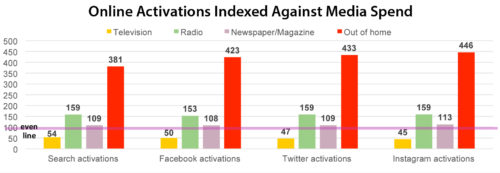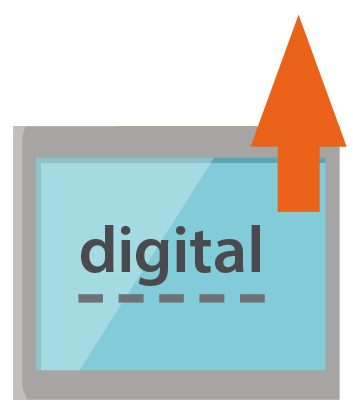
Align content with each buyer journey stage to boost engagement, conversions and brand loyalty.
Aligning content with the customer journey is important for long-term success: from top-of-the-funnel content that builds awareness to bottom-of-the-funnel strategies that foster loyalty and leads to purchases. Following is where your content fits into each stage:
Stage One – AWARENESS
Inform potential customers of solutions to their challenges, building a strong brand image that raises awareness:
- Use informative content like blogs, social media, infographics, etc., and monitor likes, shares, comments to measure how well your content is resonating.
- Improve the SEO* performance of your website by identifying informational keywords and landing pages with the highest traffic associated with these keywords.
Stage Two – CONSIDERATION
Address your customers’ top concerns on search engine text and landing pages:
- Use links to your FAQ** page, data sheets and assets to help prospects navigate your website and find information quickly.
- Evaluate performance, time spent on page and/or email open rates, etc.
Stage Three – PURCHASE/CONVERSION
Double down on the unique selling points of your products/services:
- Understand your target audience and provide consistent communication.
- Demos, free trials, pricing information, testimonials, success stories, etc., play a huge role in providing credibility, fostering trustworthiness and building customer loyalty.
Stage Four – ACTION
During and post-purchase, content should include anything that makes customers feel appreciated:
- Email newsletters that provide value speaking to the direct needs of your customers.
- Provide loyalty/rewards programs, discounts and giveaways, etc.
From awareness to purchase and beyond, each phase has tailored content approaches and should remain consistent. Align content with each buyer journey stage to boost engagement, conversions and brand loyalty.
*Search Engine Optimization (SEO): the practice of increasing the quantity and quality of traffic to your website through organic search engine results (moz.com).
**Frequently Asked Questions (FAQ): used especially on websites to refer to questions about a particular topic (collinsdictionary.com).
Source: Entrepreneur.com, reported by Cara Cloman and Micah Zimmerman








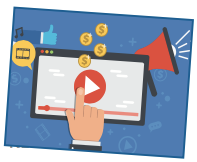


 A recent study shows that CMOs (Chief Marketing Officers) rank business growth as the top priority in marketing goals. Following are insights into achieving this objective, as well as other strategies and challenges*.
A recent study shows that CMOs (Chief Marketing Officers) rank business growth as the top priority in marketing goals. Following are insights into achieving this objective, as well as other strategies and challenges*.
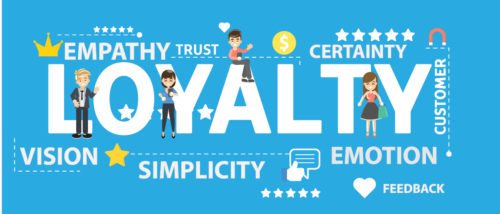
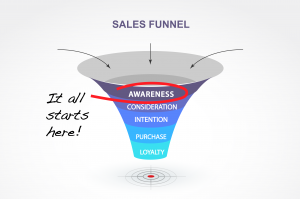

 Google your business to see if it shows up in directories, such as Yellow Pages, Manta, Yelp, Foursquare, etc.
Google your business to see if it shows up in directories, such as Yellow Pages, Manta, Yelp, Foursquare, etc. Many directories add businesses on their own, not based on submissions.
Many directories add businesses on their own, not based on submissions.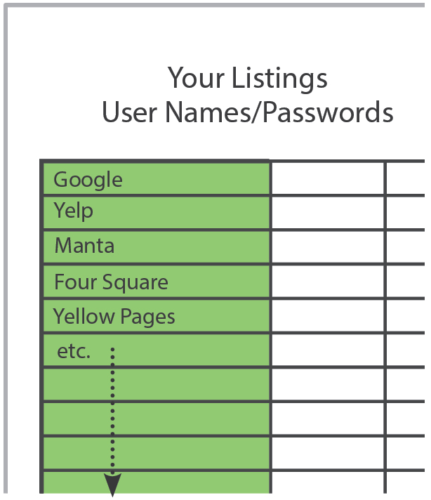


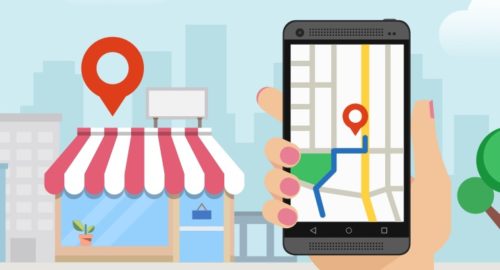 In the past, companies typically used mass media (ex: TV, print, radio, etc.) to reach large audiences and there was limited data for digital advertising.
In the past, companies typically used mass media (ex: TV, print, radio, etc.) to reach large audiences and there was limited data for digital advertising. 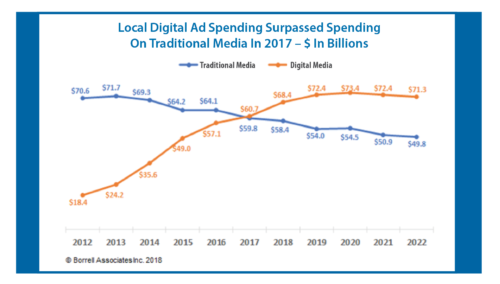
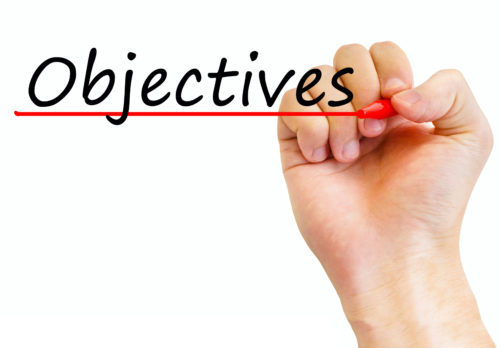 Marketing is the first step in the sales process. Sales conversions typically now take more time, making Return On Objective (ROO) a more realistic standard on which to weigh your efforts versus the common form of using Return On Investment (ROI).
Marketing is the first step in the sales process. Sales conversions typically now take more time, making Return On Objective (ROO) a more realistic standard on which to weigh your efforts versus the common form of using Return On Investment (ROI).